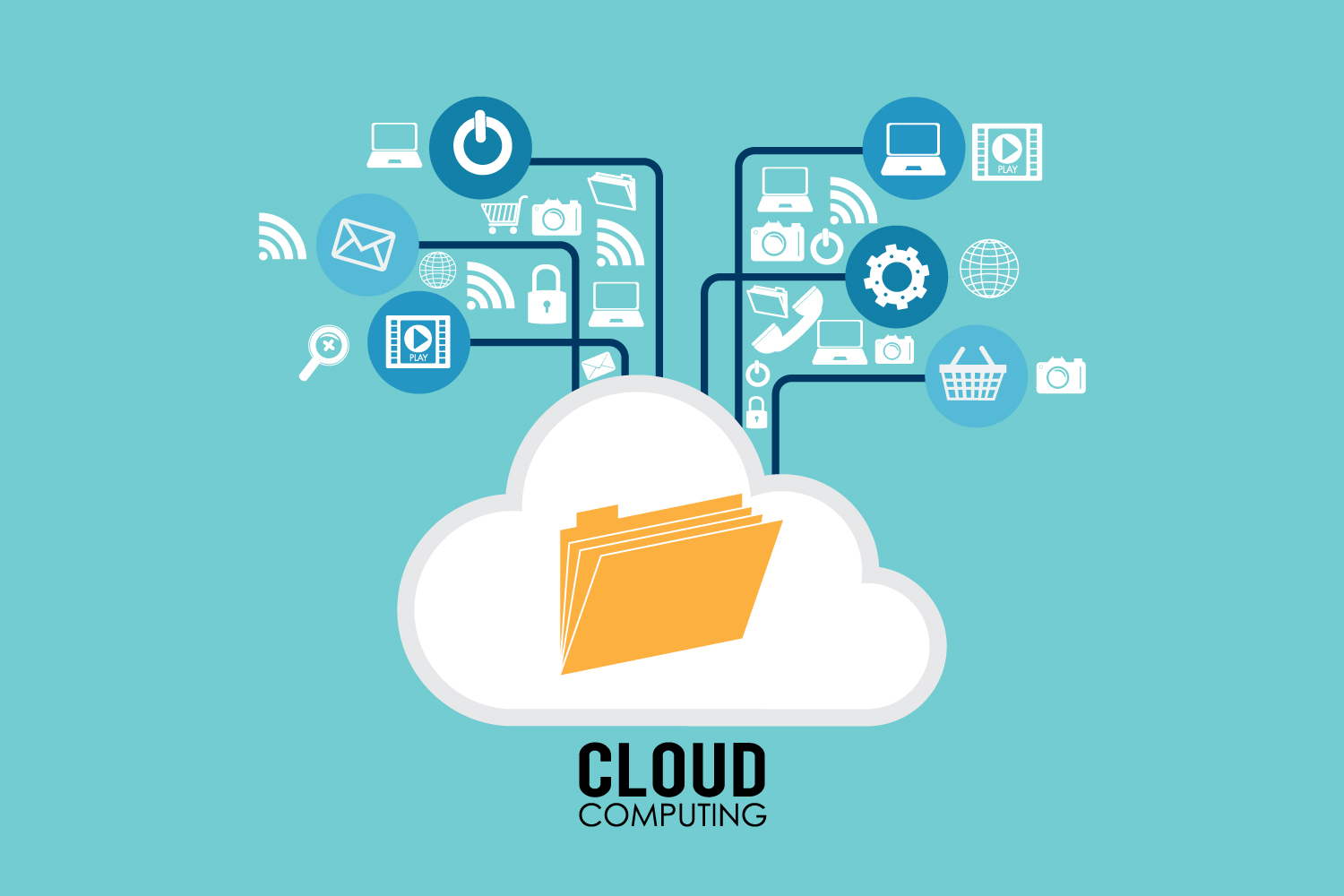Cloud Shift is Fueled by three Forces in 2021

During the pandemic, cloud adoption is increasing as businesses attempt to quickly implement remote-friendly software, tools, and services. However, the methods for deploying clouds, as well as the motives for doing so, have evolved.In this blog, we have discussed the three reasons why businesses are shifting more of their assets to the cloud, as well as what this shift in mentality implies as to how progressive companies operate.
But first, let’s take a look at the recent condition of business IT. It is clear that the cloud has saved businesses by allowing them to keep operating during lockdowns.
This signifies that the cloud migration is still underway, often as part of a broader corporate transformation strategy. According to Gartner, by 2024, 45 percent of infrastructure, application, and business process outsourcing spending would be shifted to the cloud.
Reasons to change
However, the reasons for cloud adoption are evolving as well. The subscription charging model made more sense than the conventional enterprise software licencing approach when cloud first took off. Companies were paid on a utility basis, and capital investment was replaced by operating expenses. The cloud’s bargaining chip was its financial flexibility, which meant cloud users could test ideas at extremely low price and quickly.
Things have changed since then, though. Companies accept that cloud computing will cost them more in the long run than on-premises IT, but they consider this as a cost worth paying. A second wave of cloud acceptance, dubbed “cloud shift” by Gartner, is being fueled by three things. Let’s take a look at agility, security, and AI one by one.
Agility – Companies need the agility to try new things, shift strategy swiftly, and scale capacity up and down on a “as needed” basis in uncertain times. High-street merchants going online, restaurants becoming delivery-only operations, face-to-face meetings becoming Zoom calls, sophisticated strategy implementation scenario modelling. All of these are instances of why it’s vital to change quickly, and only the cloud provides such flexibility and capacity at a reasonable price.
Security – The argument, which was once considered as a cloud’s weak point, has now been transformed. Few companies can protect themselves as well as cloud providers, which have visibility into some of the world’s largest data centres, can build in processes to detect and monitor suspicious behaviour, and can afford to hire squadrons of experts in their fields. . As a result of all of this, security has become cloud-friendly.
AI – The cloud serves as an on-ramp for businesses looking to attempt new things by providing the tools, elastic compute capacity, and infrastructure needed to do so. Take a look at Google Cloud AI for pre-packaged solutions, building blocks, and developer tools, for example. Although AI has progressed more slowly than the hype suggests, most of us will agree that it is one of the most powerful technologies that can be used to automate and speed decision-making, processes, and the development of insights in the future years.
These three variables are driving an increase in cloud adoption, but what kind of cloud adoption? Companies would almost certainly run services through different cloud providers like Togglr cloud, in order to avoid lock-in and to be able to adjust workloads as needed over time, in my opinion. Disaster recovery, business continuity planning, and regulatory compliance can all be aided by using multiple cloud platforms.
Of course, this isn’t something that will happen overnight. These transformations are already underway, and concerns like application modernization should not be overlooked. Most established businesses will most certainly continue to run some activities from their data centres for some time. However, the firms who are already operating and moving to multi-cloud will be the safest, fastest, and most decisive.And, whatever is hurled at us in 2021, they will be best positioned to bounce back first and succeed.






